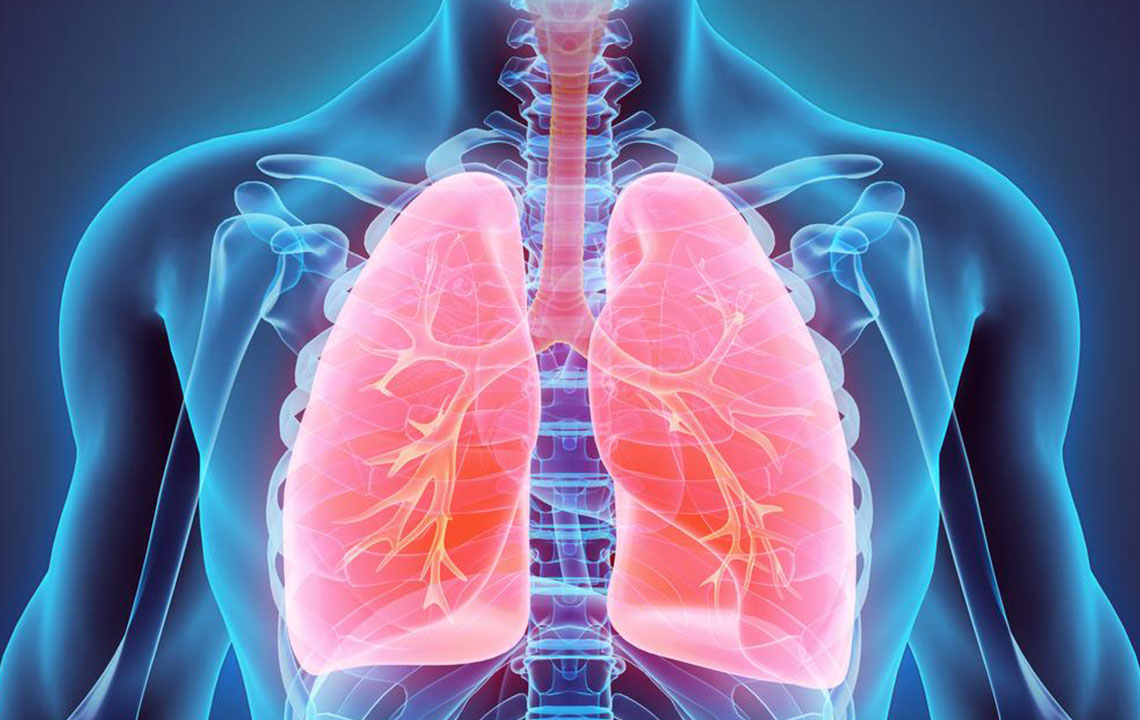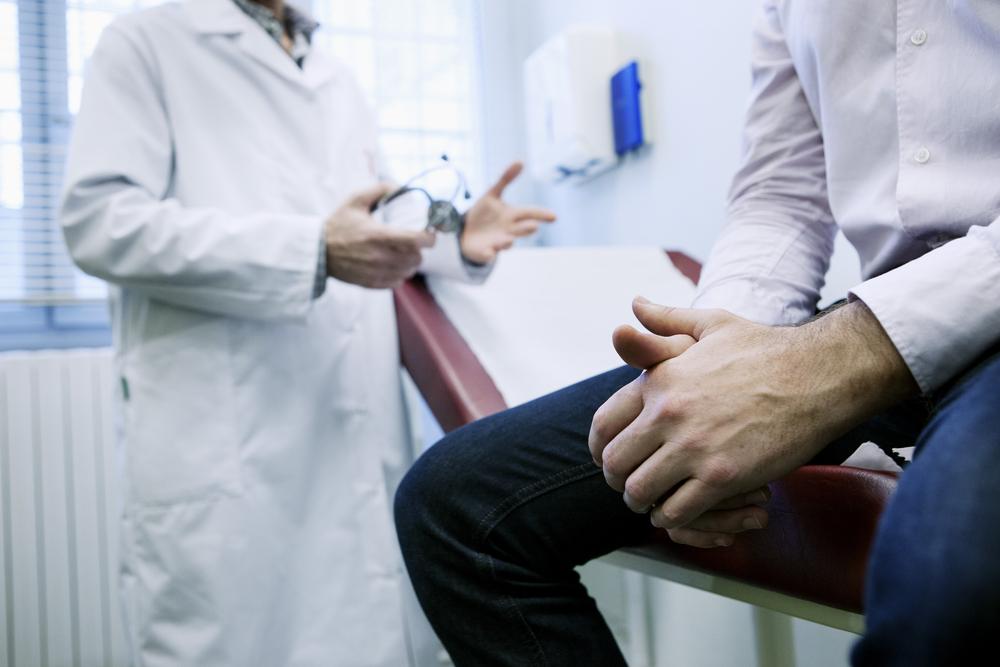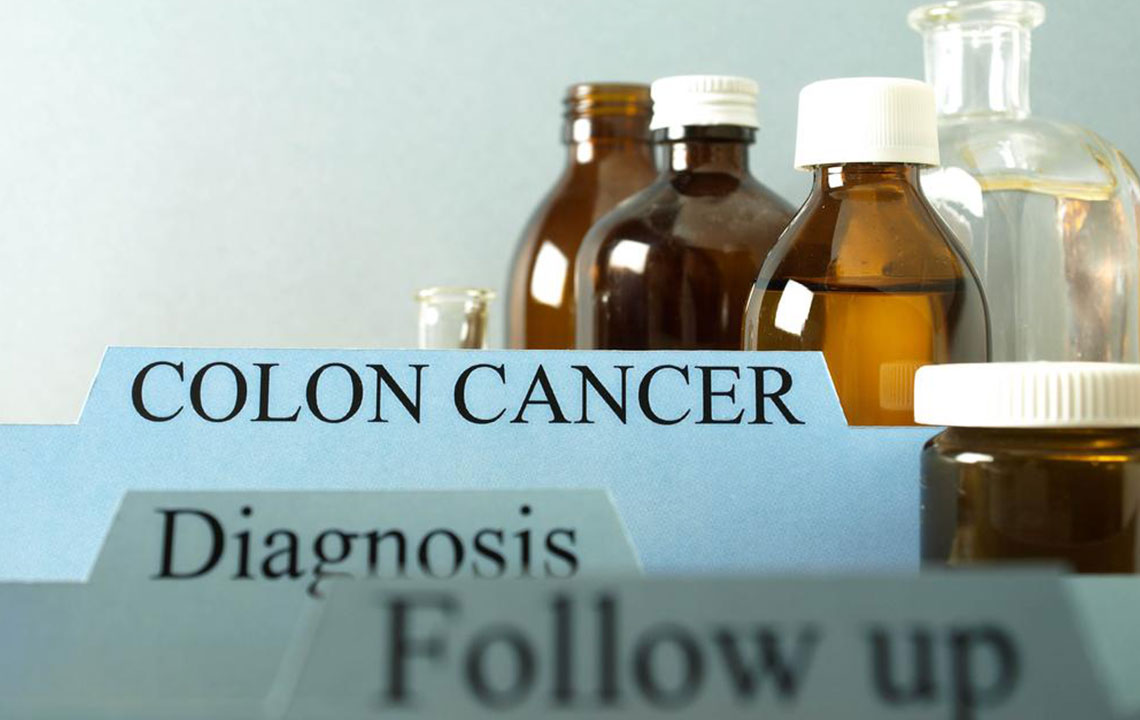Comprehensive Guide to Breast Cancer Recognition, Prevention, and Early Detection
This comprehensive guide covers all aspects of breast cancer, including types, stages, early detection methods like self-exams, warning signs, diagnostic tests, and tailored treatment options. Emphasizing the importance of early detection and prevention strategies, the article aims to increase awareness and empower individuals to take proactive measures in maintaining breast health. It highlights lifestyle choices that can reduce risk and underscores the significance of medical screening and education for effective breast cancer management.

Comprehensive Guide to Breast Cancer Recognition, Prevention, and Early Detection
Breast cancer remains one of the most common and serious health concerns affecting both women and men worldwide. Despite advancements in medical research and treatment options, early detection remains the cornerstone of successful management and improved survival rates. Understanding the nuances of breast cancer, recognizing the warning signs, and adopting proactive screening practices are vital steps in combating this disease effectively.
### Understanding Breast Cancer: Types and Stages
Breast cancer is a disease characterized by uncontrolled growth of abnormal cells within breast tissue. It is generally categorized into two primary types based on invasion: non-invasive (in situ) and invasive (infiltrating). Non-invasive breast cancer, also known as carcinoma in situ, remains confined within the original duct or lobule without spreading to surrounding tissues. This stage is labeled as stage 0 and often has a high treatability if detected early. Conversely, invasive breast cancer breaches the ductal or lobular boundaries and infiltrates neighboring tissues, potentially spreading to lymph nodes and other parts of the body, increasing the complexity of treatment. Staging from 1 to 4 reflects the extent of tumor spread, with stage 1 being small localized tumors and stage 4 indicating metastasis to distant organs.
### Importance of Early Detection
The prognosis of breast cancer heavily depends on how early it is diagnosed. When caught early, the likelihood of successful treatment and long-term survival significantly increases. Regular screening mereances, self-examinations, and awareness of the warning signs are effective strategies for early detection. The key is to remain vigilant and proactive in monitoring any changes in breast health.
### How to Perform Self-Examinations
Performing regular self-examinations is a simple and cost-effective approach to identifying potential issues early. Here are some detailed steps to guide you:
Stand in front of a mirror with your shoulders straight and your arms relaxed at your sides. Carefully observe your breasts for any visual alterations such as changes in size, shape, or color. Raise your arms above your head to examine the breasts from different angles, checking for any skin dimpling, puckering, or nipple retraction.
Lie down on your back, placing a pillow under your shoulder on the side being examined. Lift the arm of the side you're inspecting overhead. Using the pads of your three middle fingers, gently press in small circular motions to feel all parts of your breast tissue, from the collarbone down to the ribcage and from your armpit to the cleavage area. Be thorough and methodical, ensuring no area is missed.
Repeat the palpation on your other breast, maintaining the same gentle pressure and coverage. It’s advisable to perform these examinations once a month, preferably a few days after your menstrual period when breasts are less engorged.
### Recognizing Warning Signs and Symptoms
Understanding the typical signs associated with breast cancer can lead to earlier diagnosis and treatment. Common warning signs include:
A firm lump in the breast or underarm that persists over time, which is often the most noticeable symptom. Not all lumps are cancerous; benign conditions such as hormonal changes, cysts, or infections can also cause lumps.
Changes in the size, shape, or symmetry of the breasts.
Unexplained nipple alterations such as inversion, crusting, or discharge that is not related to breastfeeding. This may include abnormal, spontaneous nipple discharge, especially if bloody.
Persistent breast or nipple pain that cannot be attributed to trauma or other benign conditions.
Redness, swelling, warmth, or skin changes resembling an orange peel texture (peau d’orange).
Lumps or swelling in the underarm or collarbone, which may indicate lymph node involvement in advanced stages.
Nipple retraction or dimpling of the skin, sometimes associated with underlying tumor growth.
### Diagnostic Tests for Confirmation
If any abnormality is detected during self-examination or a clinical screening raises suspicion, healthcare professionals may recommend additional imaging investigations. The most common diagnostic tools include:
Mammography: An X-ray imaging procedure that provides detailed visualization of breast tissue to detect tumors or calcifications.
Ultrasound: Uses high-frequency sound waves to differentiate between cystic and solid masses, often performed alongside mammograms.
Magnetic Resonance Imaging (MRI): Offers high-resolution images and is useful for screening high-risk individuals or assessing extent in complex cases.
Biopsy: The definitive diagnostic procedure involving removal of tissue samples for pathological examination, confirming the presence or absence of malignancy.
### Treatment Options Based on Stage and Patient Profile
Once diagnosed, treatment plans are tailored according to the tumor stage, location, molecular characteristics, and overall health of the patient. The main treatment modalities include:
Surgical Intervention: Options range from breast-conserving lumpectomy to complete mastectomy, depending on tumor size and spread.
Chemotherapy: Uses drugs to kill cancer cells and is often employed before or after surgery to reduce recurrence risk.
Radiation Therapy: Employed post-surgery to eliminate residual cancer cells in the breast or surrounding tissues.
Hormone Therapy: Applicable for hormone receptor-positive cancers, blocking estrogen or progesterone to inhibit tumor growth.
Targeted Therapy: Focuses on specific genetic or molecular targets within cancer cells, increasing treatment efficacy with fewer side effects.
### Lifestyle and Preventive Measures
In addition to medical screening and treatment, adopting a healthy lifestyle plays a crucial role in risk reduction. This includes maintaining a balanced diet rich in fruits, vegetables, and whole grains; engaging in regular physical activity; limiting alcohol consumption; avoiding tobacco; and managing weight. For women with high genetic risk, screening protocols may involve genetic counseling and more frequent assessments.
### Public Awareness and Education
Spreading awareness about breast cancer prevention, self-examination techniques, and the importance of regular screening can significantly impact early detection efforts. Educational campaigns targeted at local communities help dispel myths, reduce stigma, and promote proactive health management.
In conclusion, understanding breast cancer's biology, recognizing early warning signs, and actively participating in screening programs empower individuals to detect the disease at an early stage. Advances in diagnostic technology and personalized treatment options continue to improve outcomes, making awareness and prevention more important than ever in safeguarding breast health.





